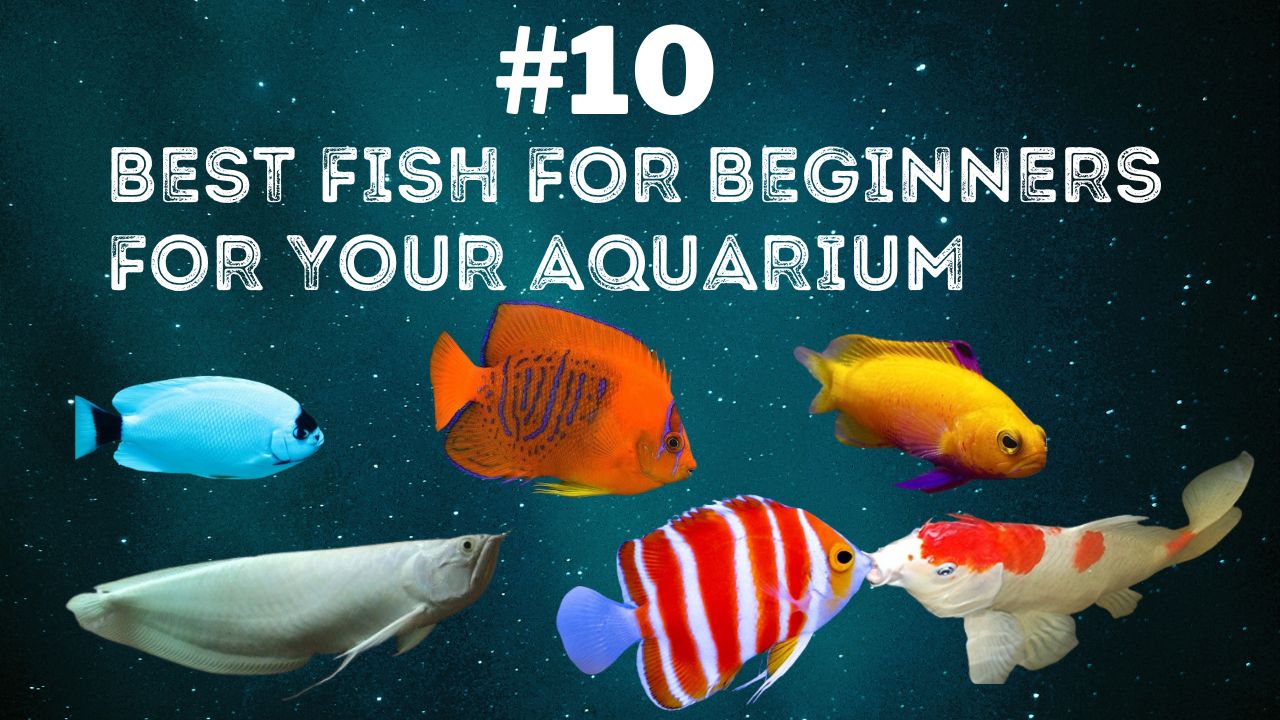
Hey everyone, Jone from AquariumFish.Store here! Today, we’re diving into the top 10 best fish for beginners, which are the easiest fish to care for as a beginner. Whether you’re just starting your first tank or looking to add something new, these species are hardy, beautiful, and widely available.
I’ll share care tips, compatibility notes, and a few fun facts to help you make the best choice for your aquarium. Let’s get started!
List of Top 10 Easiest Fish to Take Care of with Low Maintenance
1. Rasboras
Why They’re Great:
Rasboras, such as Harlequin and Scissortail Rasboras, are peaceful, hardy, and easy to find at most pet stores. Their vibrant orange hues and schooling behavior make them a lively addition to any tank.
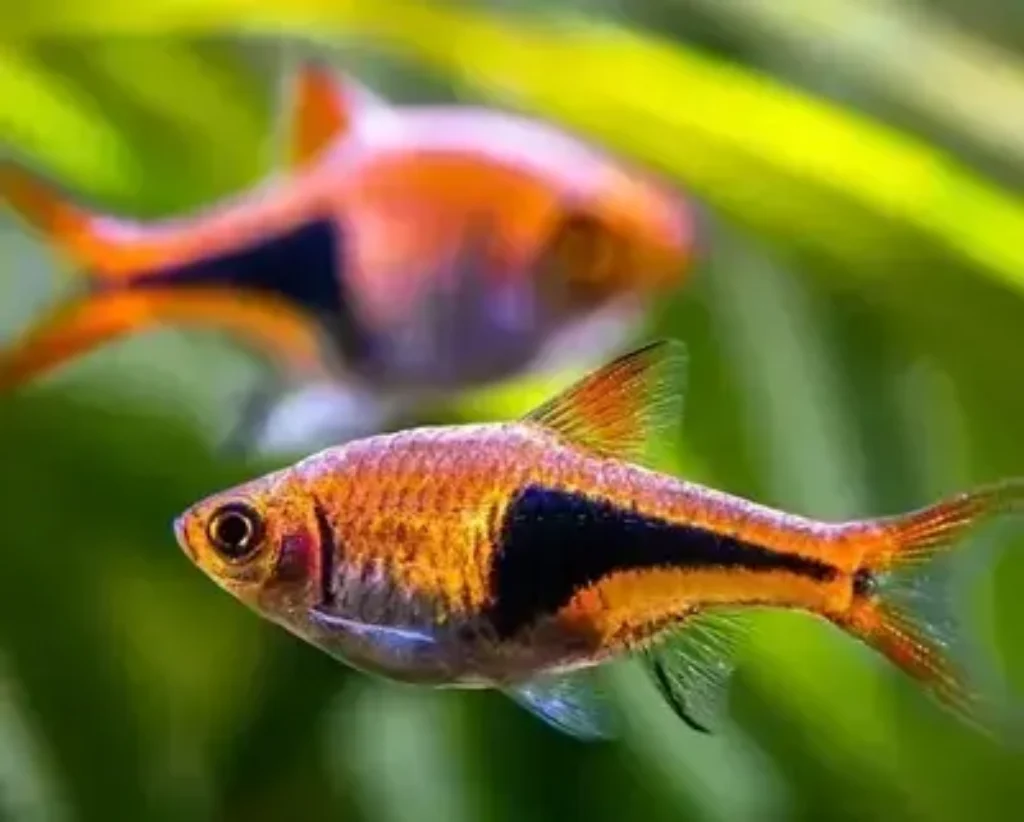
Care Tips:
- Tank Size: 10+ gallons
- Water Parameters: pH 6.0–8.0, temperature 72–78°F (22–26°C)
- Group Size: 6 or more (they’re schooling fish)
- Diet: Omnivorous—accept flakes, pellets, and frozen foods
Compatibility:
Excellent for community tanks; they get along with tetras, corydoras, and other peaceful fish.
Fun Fact:
Rasboras are known for their shimmering colors and tight schooling, which helps them feel safe.
2. Common Goldfish
Why They’re Great:
Goldfish are iconic, hardy, and can live for decades with proper care. They’re forgiving of water conditions but do require space.
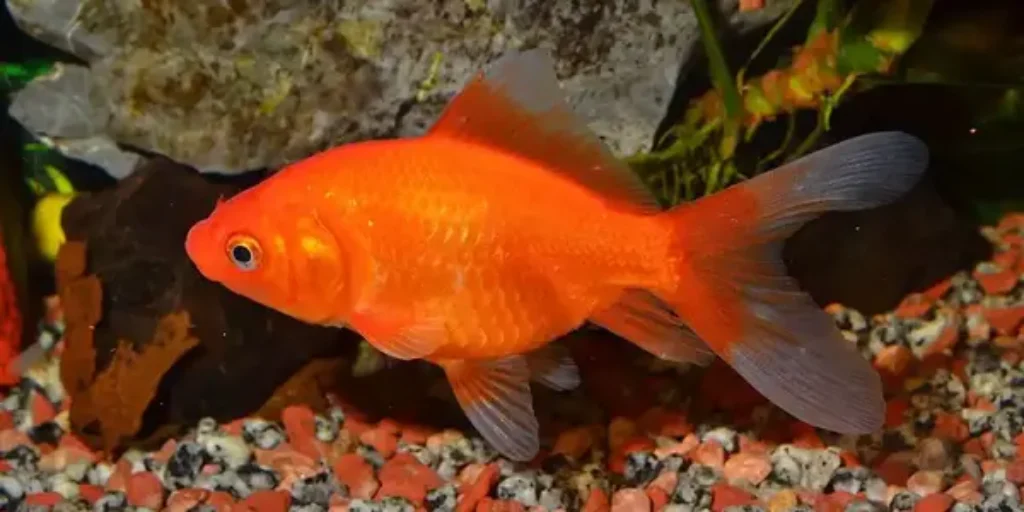
Care Tips:
- Tank Size: Minimum 30 gallons per fish (they grow large!)
- Water Parameters: pH 6.5–8.0, temperature 65–75°F (18–24°C)
- Diet: Omnivorous—enjoy spirulina, vegetables, high-quality pellets
Compatibility:
Best kept with other goldfish. Avoid mixing with tropical community fish due to temperature and dietary differences. If you are interested in buying this fish, then check out my aquarium Fish store.
Fun Fact:
Goldfish can recognize their owners and even learn simple tricks!
3. Tetras
Why They’re Great:
Tetras are colorful, active, and come in many varieties—Neon, Cardinal, Black Neon, Congo, and more.
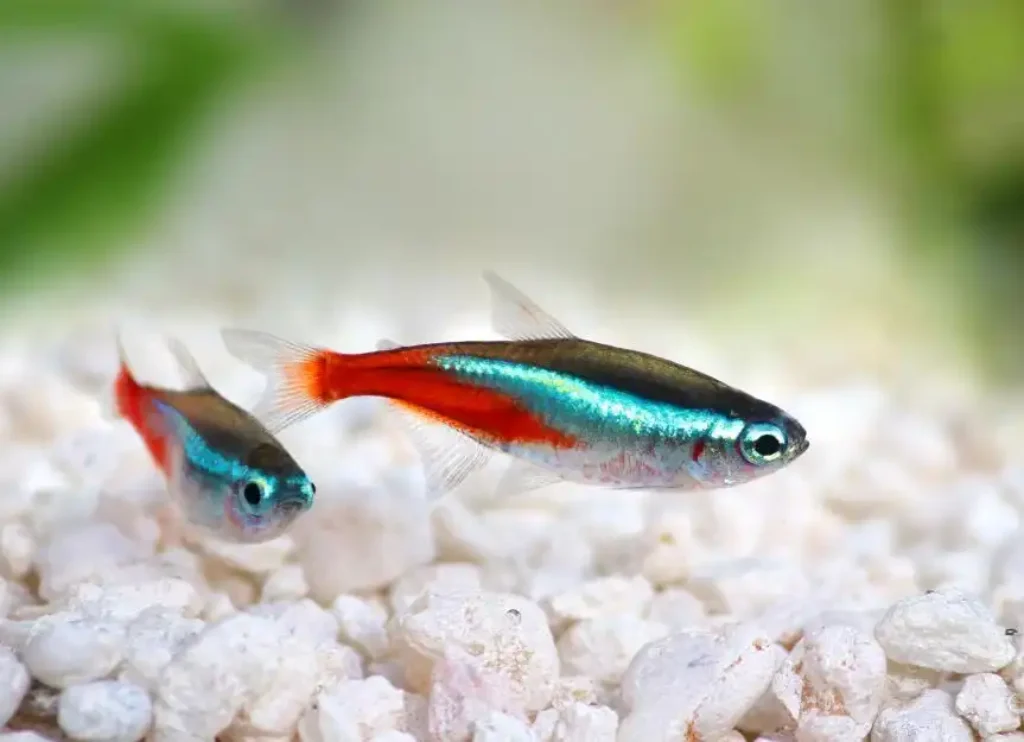
Care Tips:
- Tank Size: 10+ gallons
- Water Parameters: pH 6.0–7.8, temperature 72–80°F (22–27°C)
- Group Size: 6 or more
- Diet: Omnivorous—flakes, micro-pellets, live or frozen foods
Compatibility:
Peaceful, perfect for community tanks with rasboras, corydoras, and small barbs.
Fun Fact:
Neon tetras are among the most popular aquarium fish worldwide due to their glowing blue and red stripes.
4. Corydoras Catfish
Why They’re Great:
These bottom-dwellers are peaceful, social, and help keep the substrate clean.
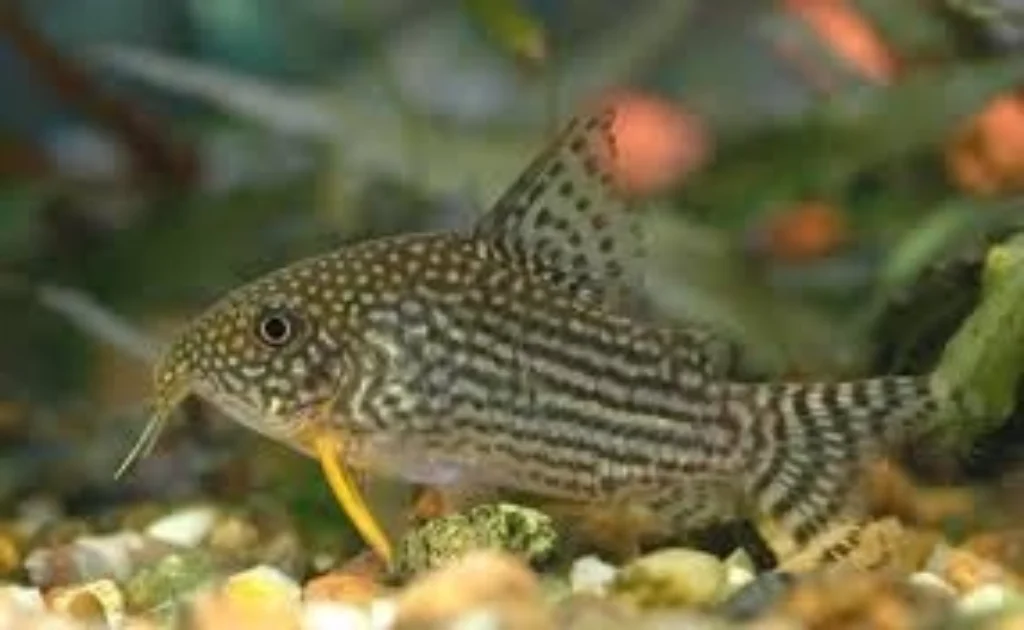
Care Tips:
- Tank Size: 15+ gallons
- Water Parameters: pH 6.0–8.0, temperature 72–78°F (22–26°C)
- Group Size: 6 or more (they’re happiest in groups)
- Diet: Sinking pellets, wafers, frozen foods
Compatibility:
Excellent with most peaceful community fish.
Fun Fact:
Corydoras can gulp air from the surface, allowing them to survive in lower-oxygen environments.
5. Platies
Why They’re Great:
Platies are colorful, live-bearing fish that are robust and adaptable to a wide range of water conditions.
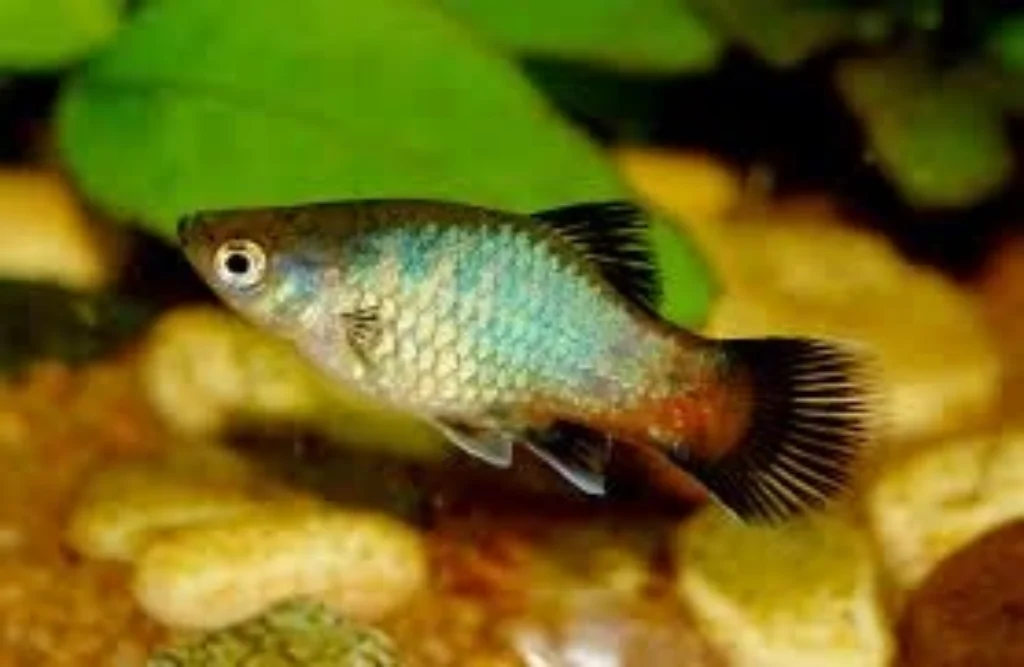
Care Tips:
- Tank Size: 10+ gallons
- Water Parameters: pH 6.8–8.5, temperature 70–78°F (21–26°C)
- Diet: Omnivorous—flakes, pellets, veggies
Compatibility:
Great for community tanks. Avoid mixing with aggressive fish.
Fun Fact:
Platies come in nearly every color imaginable, and their live-bearing nature means you might see babies!
6. Bettas
Why They’re Great:
Bettas are stunning, intelligent, and can thrive in smaller tanks with the right setup.
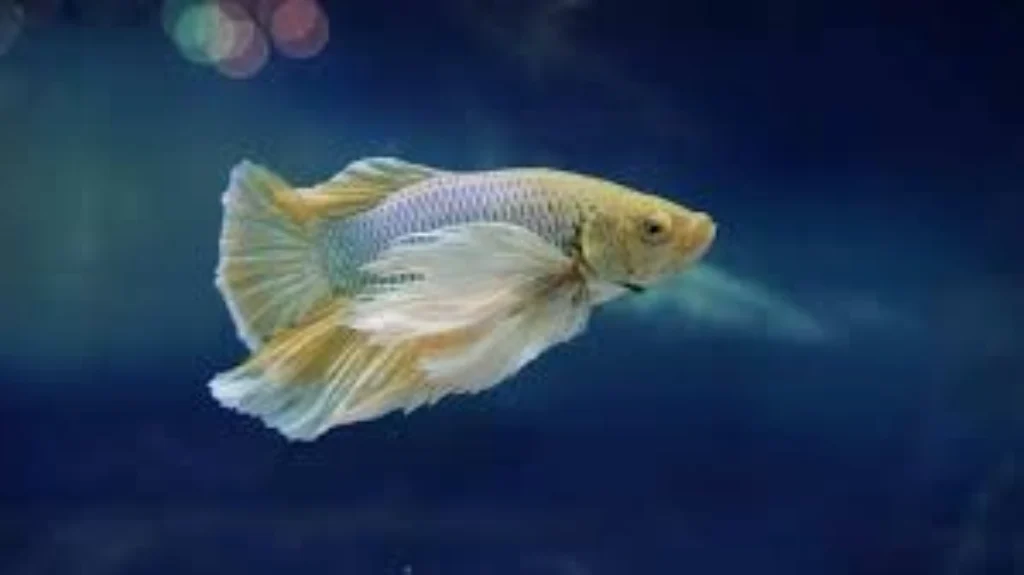
Care Tips:
- Tank Size: 5+ gallons (10+ is better for communities)
- Water Parameters: pH 6.5–7.5, temperature 76–82°F (24–28°C)
- Diet: Protein-rich pellets, frozen bloodworms, brine shrimp
Compatibility:
Males should be kept solo or in peaceful community tanks (no other male bettas). Avoid fin-nippers.
Fun Fact:
Bettas breathe air from the surface thanks to their labyrinth organ.
7. Barbs
Why They’re Great:
Barbs like Tiger, Cherry, and Odessa Barbs are active, hardy, and strikingly colored.
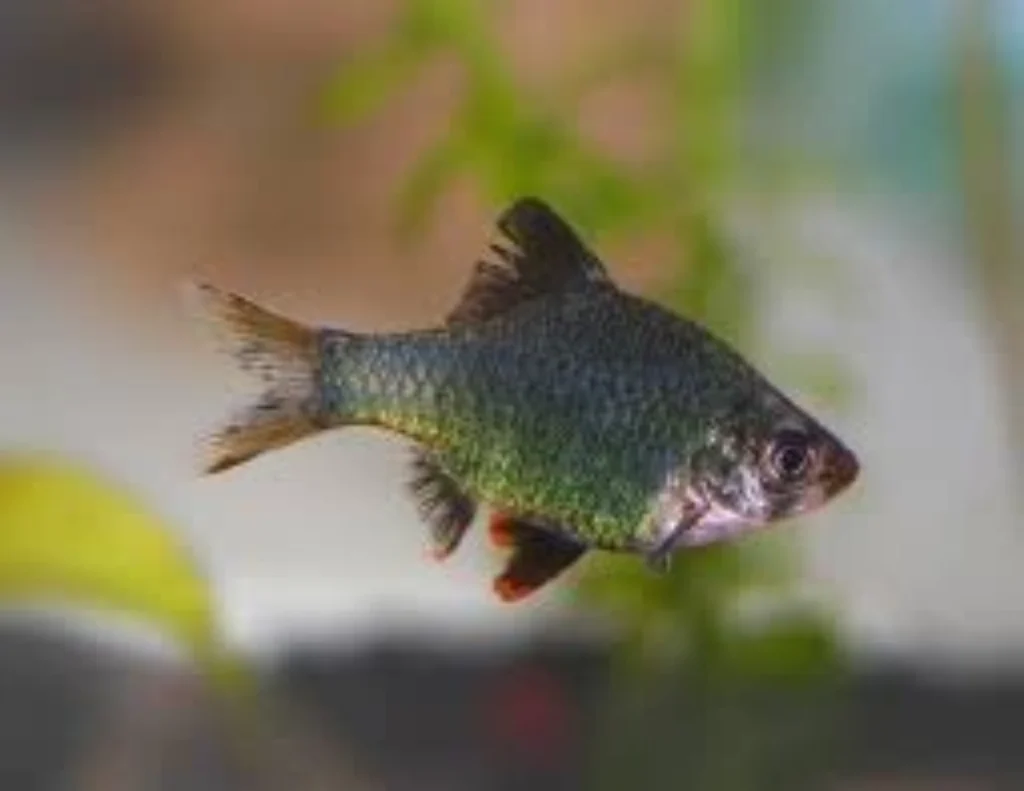
Care Tips:
- Tank Size: 20+ gallons
- Water Parameters: pH 6.0–8.0, temperature 74–79°F (23–26°C)
- Group Size: 6 or more to reduce aggression
- Diet: Omnivorous—flakes, pellets, veggies
Compatibility:
Best with similarly active fish; avoid long-finned tankmates.
Fun Fact:
Barbs are famous for their playful, sometimes mischievous, nature.
8. Bolivian Ram (Mikrogeophagus altispinosus)
Why They’re Great:
Bolivian Rams are peaceful cichlids, perfect as a showpiece fish for beginners.
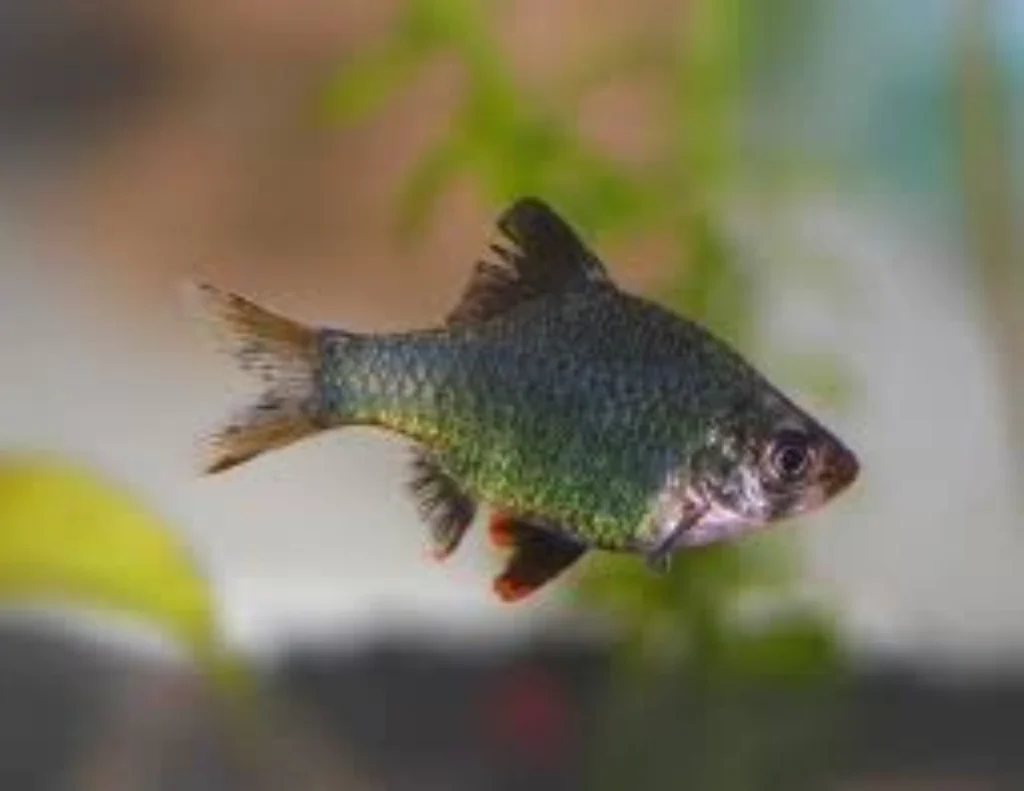
Care Tips:
- Tank Size: 20+ gallons
- Water Parameters: pH 6.0–8.0, temperature 74–78°F (23–26°C)
- Diet: Omnivorous—pellets, flakes, live/frozen foods
Compatibility:
Can be kept with tetras, corydoras, and other peaceful fish.
Fun Fact:
Unlike many cichlids, Bolivian Rams are less aggressive and can be kept in community tanks.
9. Loaches (e.g., Kuhli Loach)
Why They’re Great:
Loaches are quirky, nocturnal bottom-dwellers that add personality and help clean up leftovers.
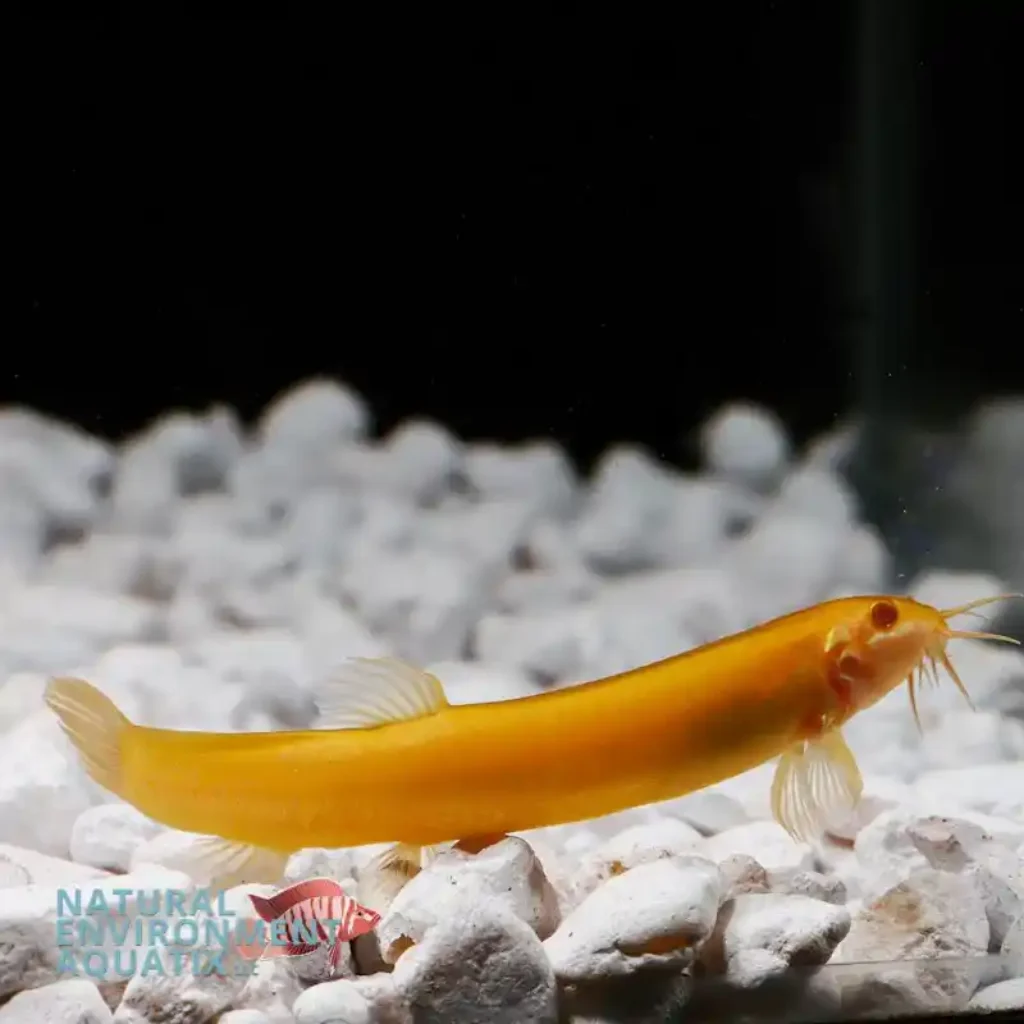
Care Tips:
- Tank Size: 20+ gallons
- Water Parameters: pH 6.0–7.5, temperature 75–80°F (24–27°C)
- Group Size: 3 or more
- Diet: Sinking pellets, live/frozen foods
Compatibility:
Peaceful, good with most community fish.
Fun Fact:
Kuhli loaches look like little eels and love to burrow and hide.
10. Angelfish
Why They’re Great:
Angelfish are elegant, intelligent, and make a stunning centerpiece in larger tanks.
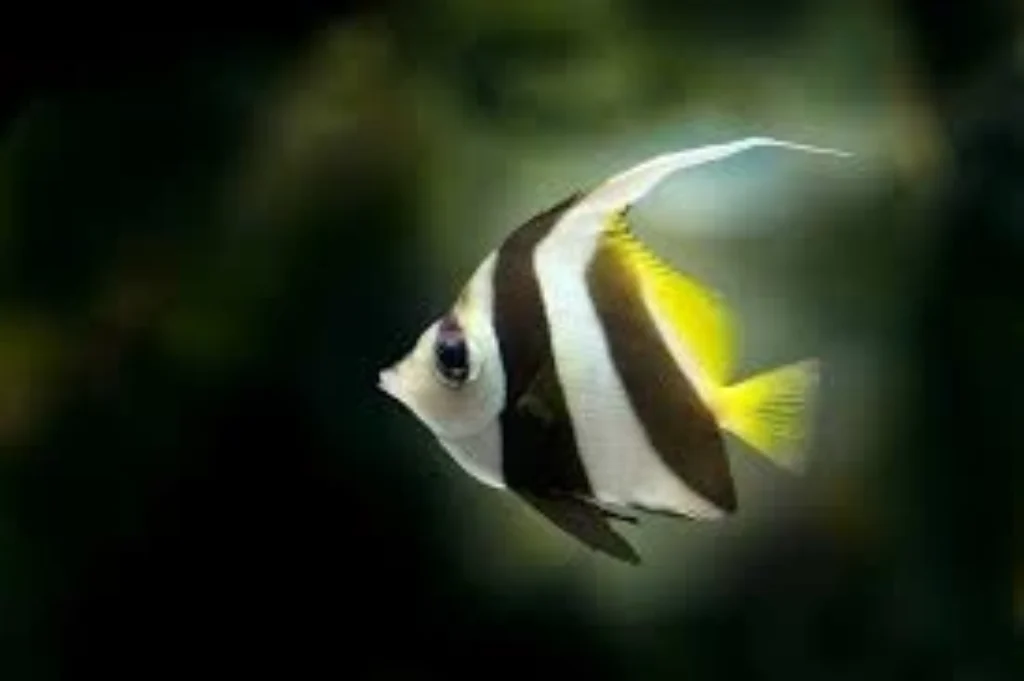
Care Tips:
- Tank Size: 55+ gallons for adults
- Water Parameters: pH 6.5–7.8, temperature 76–82°F (24–28°C)
- Diet: Omnivorous—flakes, pellets, frozen foods
Compatibility:
Best kept singly in community tanks to avoid aggression. Avoid small tetras (may be eaten as adults).
Fun Fact:
Angelfish are a type of cichlid and can recognize their owners.
General Tips for Beginner Fishkeepers
- Cycle Your Tank: Always cycle your aquarium before adding fish to establish beneficial bacteria.
- Research Each Species: Even among “beginner fish,” needs can vary—always double-check compatibility and care.
- Regular Maintenance: Perform weekly water changes (20–30%) and monitor water parameters.
- Don’t Overcrowd: More fish means more waste; stock slowly and responsibly.
- Feed Quality Food: A varied diet keeps fish healthy and colors vibrant.
FAQ’s
What are the best fish for beginners in a fish tank?
Good beginner fish include rasboras, tetras (like neon tetras), guppies, platies, corydoras catfish, zebra danios, bettas, and bolivian rams.
What are the best low maintenance fish?
Low maintenance fish for beginners are white cloud mountain minnows, cherry barbs, corydoras catfish, guppies, and goldfish (with proper tank size).
What is the first fish to put in a new aquarium?
Hardy schooling fish like zebra danios, white cloud mountain minnows, or corydoras catfish are ideal first fish to help cycle the tank and establish a stable environment.
What is the most interactive fish for beginners?
Bettas are considered very interactive and responsive to their owners, making them great for beginners who want an engaging fish.
Conclusion
These ten species are fantastic choices for anyone new to fishkeeping. Each offers unique colors, behaviors, and ease of care. Did I miss your favorite beginner fish? Drop a comment below and let’s crowdsource the ultimate beginner fish list!


